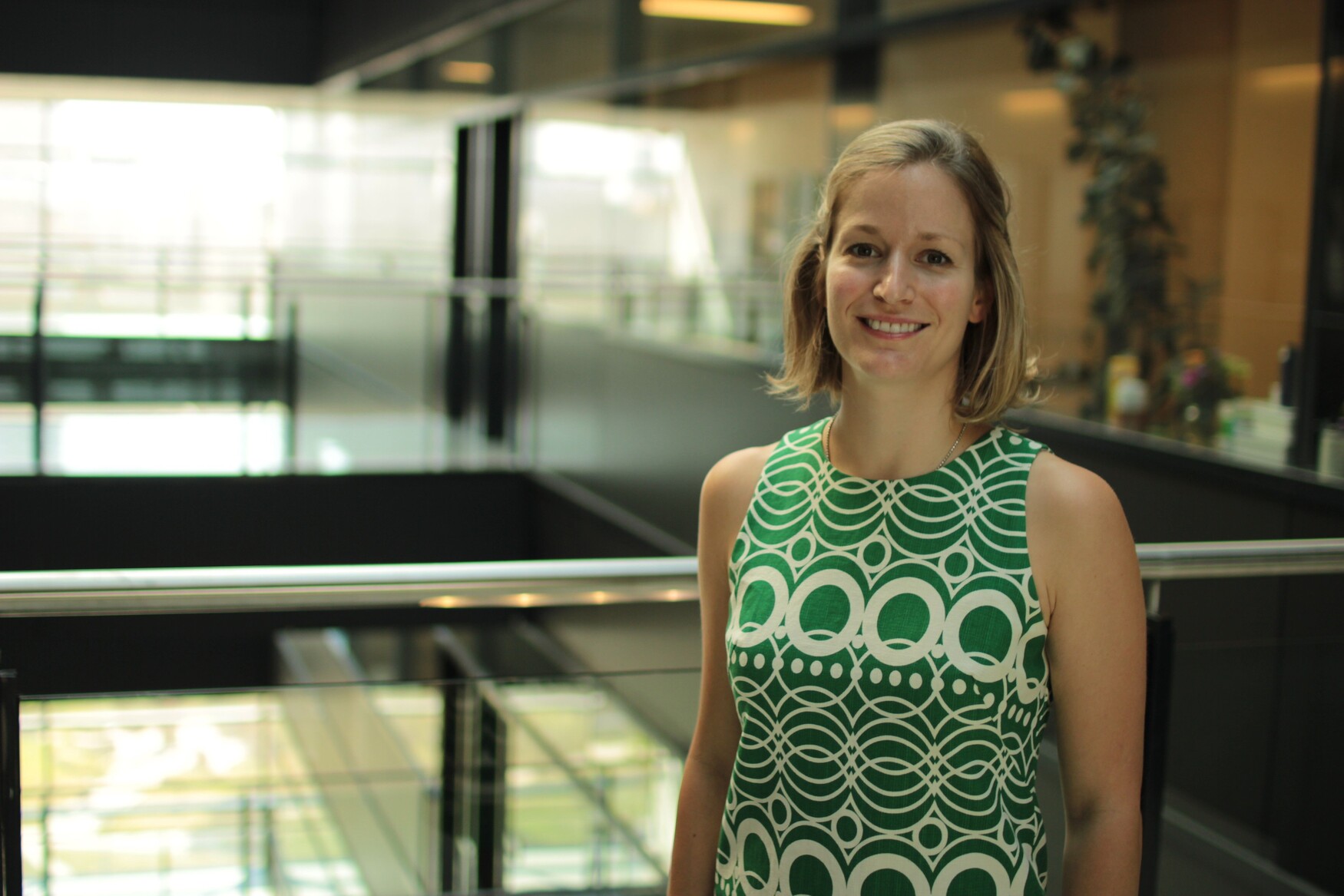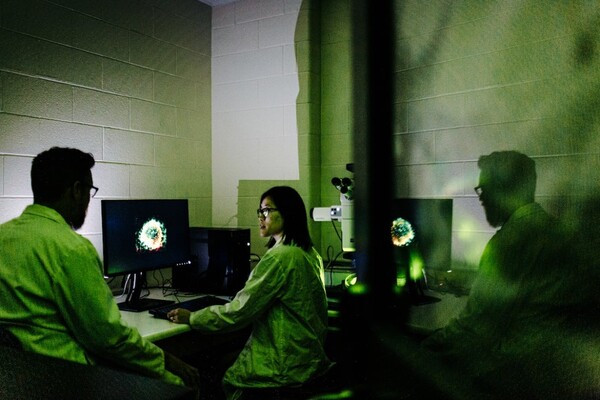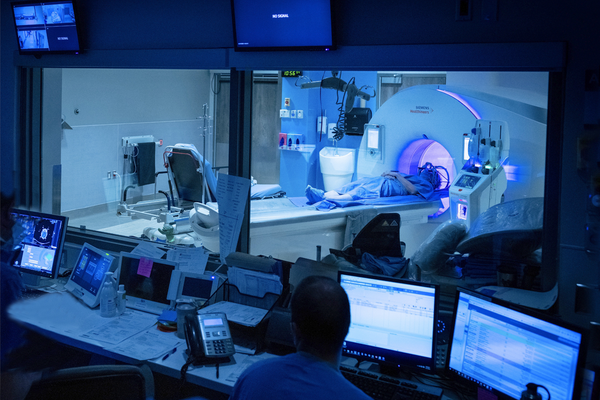Teamwork = Better Health Care. Fact or Fallacy?


Multi-skilled teams of health care professionals are “the” answer in many debates on health care reform. But does good teamwork really mean safer and better care? And what makes a team good?
Elise Paradis, an assistant professor in the Department of Anaesthesia and Leslie Dan Faculty of Pharmacy and a scientist at the Wilson Centre, brings an ethnographer’s eye to these questions. Paradis is the new Canada Research Chair in Collaborative Healthcare Practice — the first woman and one of the first social scientists to hold a federally funded chair in health professions education.
She recently spoke with Faculty of Medicine writer Jim Oldfield about her research on team dynamics, physician dominance, struggles over space and other potential barriers to collaboration.
Why study how health professionals work together?
Teamwork is a hot topic in health care and a key competency of medical education. We’ve seen a lot of evidence that failures in collaboration lead to medical errors and poor outcomes for patients. But collaboration is only one potential solution for these problems. It’s a convenient and appealing idea because it taps into cherished social values such as community, fairness, justice and progress. It’s easier than, say, tackling physician pay or access to care, and it’s inexpensive relative to solutions like increasing staff-patient ratios. So in my research, I’m trying to get a deeper understanding of when and why collaboration fails, and to show that the idea of collaboration can be a distraction in the broader discussion of how to improve the delivery of health services.
What led you to this way of thinking about health care teams?
It was a combination of my education and experience. I completed my PhD in the sociology of education at Stanford and then did postdoctoral work at the Wilson Centre on health professions education. After that I took a faculty position at UCSF, where I worked on a project about the nature of team-based care and patient and family involvement in intensive care units. We spent more than 500 hours observing team interactions in four highly regarded U.S. teaching hospitals, and we shadowed or interviewed dozens of clinicians. It was a fascinating experience, and we continue to publish findings based on these data. It made me want to know more about how changes in the ways people communicate can influence collaboration in the delivery of care.
One of the papers that came from your research on ICU teams was about “morning interprofessional rounds,” or MIRs. What did you discover about those rounds?
The main story was the difference between physicians’ implicit and explicit attitudes. Explicitly doctors said yes, MIRs are better for team function and patient outcomes than traditional medical rounds (led by physicians). But their stated beliefs clashed with their implicit attitudes about physician dominance. They weren’t always aware of their biases, but they perceived themselves as key players and therefore structured the MIRs to maintain their dominance. As well, we found that other conditions in the ICUs prevented teams from achieving true collaboration and patient-centred care: time constraints, struggles over space, and tension between the educational and patient-care goals of the rounds were all major barriers.
In what ways did MIRs reflect physician dominance?
It basically came down to a conflict over who’s in and who’s out, i.e., who is a legitimate team member? Physicians often huddled together to discuss medical concerns, creating a kind of physical barrier of white coats that excluded non-physicians including nurses, pharmacists and physiotherapists. As well, doctors tended to control the content and duration of the discussions. Many nurses felt their contributions were a token gesture and dependent on each doctor’s inclination to listen.
Might other types of rounds enable better teamwork?
Some studies have found that care rounds without a teaching component enable more collaboration. These rounds tend to happen around a table where turns are closely scripted and contributions are pre-determined or formatted. Everyone has a chance to speak and get attention. These rounds are usually shorter and less demanding, often in a space more conducive to talk (unlike MIRs, which typically occur in the halls outside patient rooms). You may see hierarchies reflected in where people sit, but care rounds have a narrower mandate that’s easier to meet.
Where do you go from here?
We need more data on the different models for rounds, in terms of inclusiveness and educational value. And we need to know which models better put patients at the centre of care. What message do medical trainees get when the focus of discussion is a chart rather than a patient? More broadly, however, the organizational, teaching, and legal responsibilities of doctors weigh heavily on interprofessional team function. We need a fuller discussion of who should ultimately have authority for patients and care processes. And we need to address physician compensation. The inequality in pay between doctors and other professionals, and the different models of compensation that reward different things among professional groups, create hierarchies and dysfunctions that undermine the alignment of goals. I would love to study teamwork in places where doctors are salaried — the UK, for example — to get a sense of what we could do differently.
News


